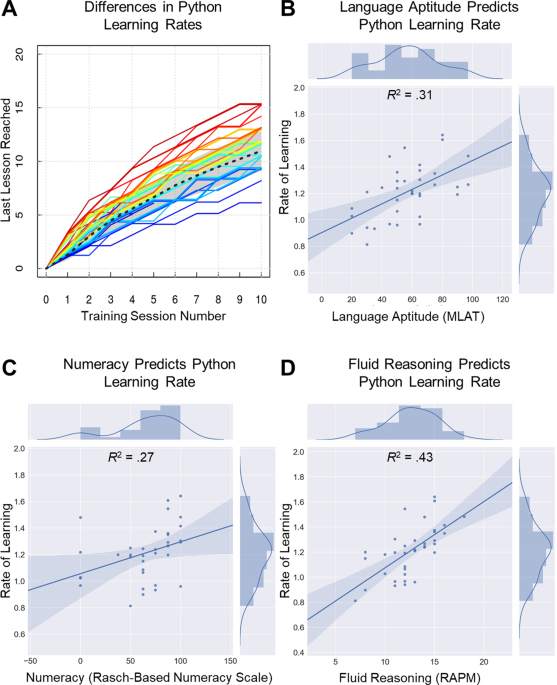Attention, Memory, and Productive Knowledge Work
Here I present some ideas for increasing the productivity of knowledge workers by structuring their workflows around attention and memory. I wrote this for my own benefit, but I hope you find it useful too!
By “workflow” I mean loosely how execution tasks are scheduled and coordinated. By “execution tasks” I mean the activities which more-or-less-directly create value. For a software engineer, these tasks include programming and designing.
Much of the most influential thinking about optimizing workflows to increase productivity comes from the automobile industry. The history of car manufacturing has several inspiring examples. In 1909, a Ford Model T Runabout sold for $27,977 (in 2024 USD). In 1925 (16 years later), it sold for $4,517 (also in 2024 USD)1. The number of Model Ts you could buy per dollar increased by over 6x!
Much of this increasing productivity was due to changes in the workflow. One major change was the introduction of the moving assembly line. Prior to the assembly line, cars were built through “the craft method”, in which teams of fifteen workers worked simultaneously on a single car”2, which makes me think of young children playing soccer. This was inefficient in many ways. People got in each others’ ways, and they had to spend time walking around the factory to go between cars. With a moving assembly line, parts came to the workers and each worker could complete their stage of production without having to walk, coordinate with others, move tools, etc.






















